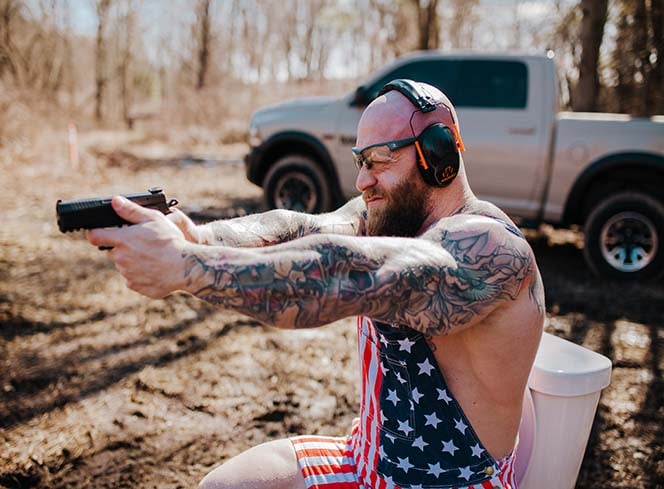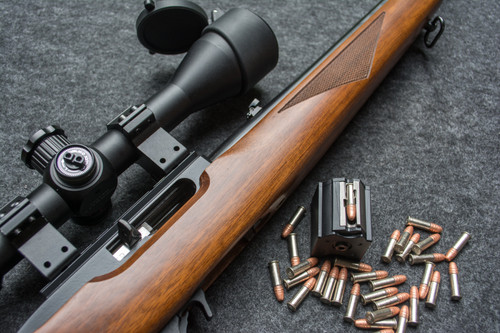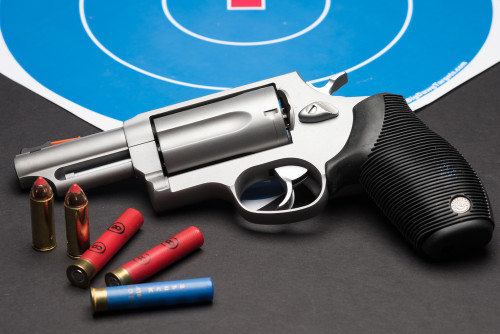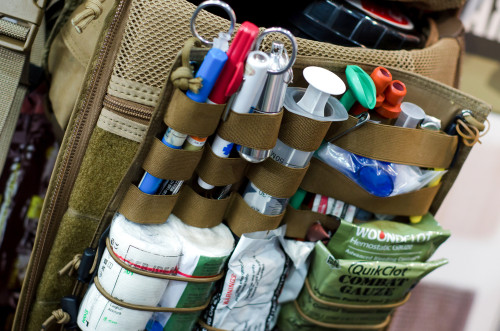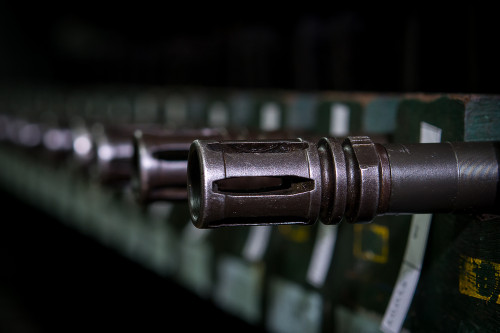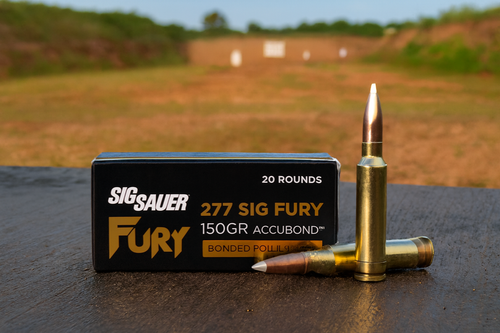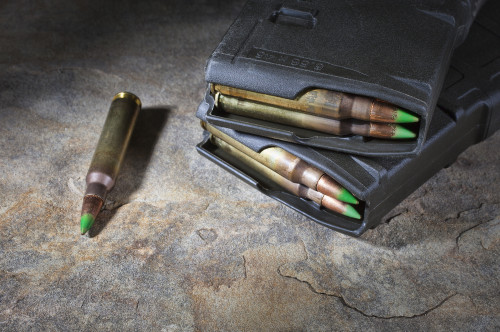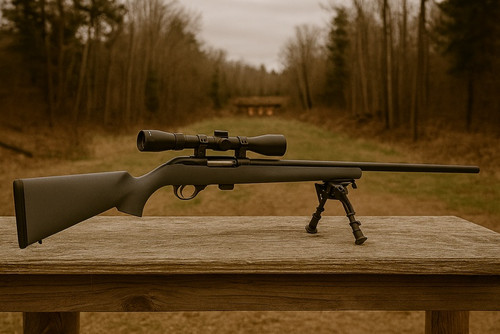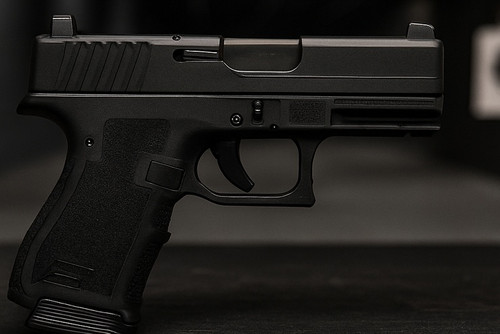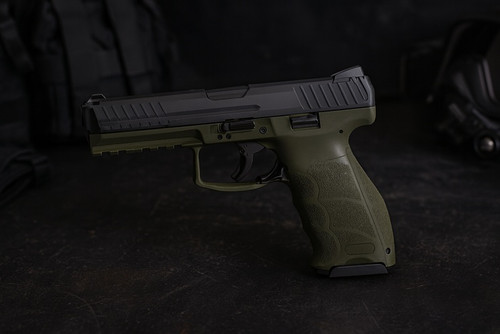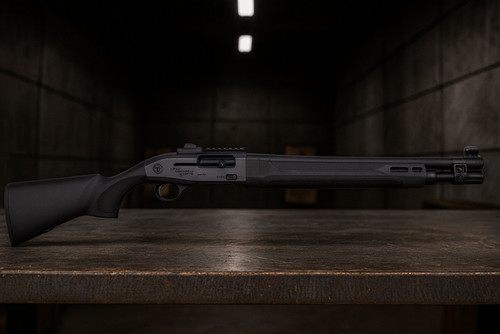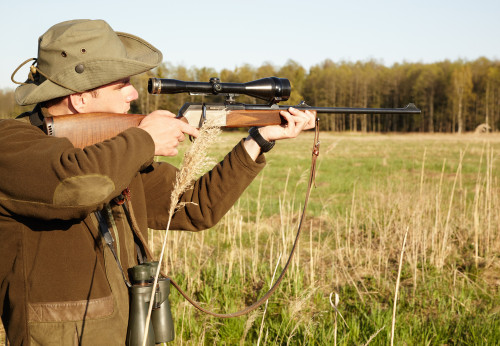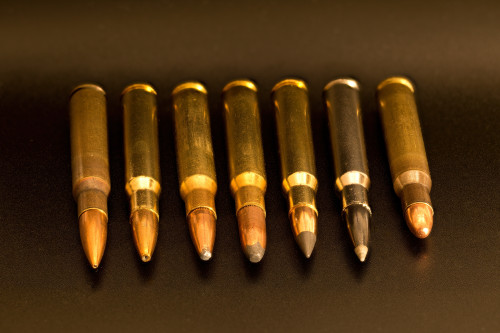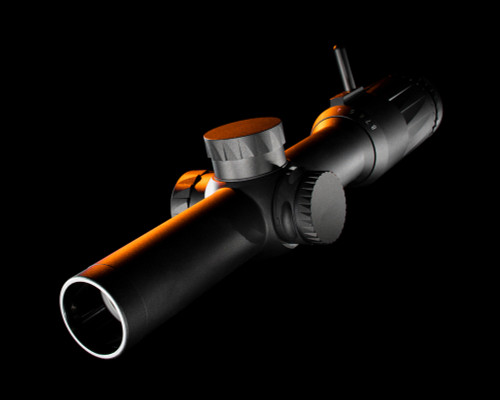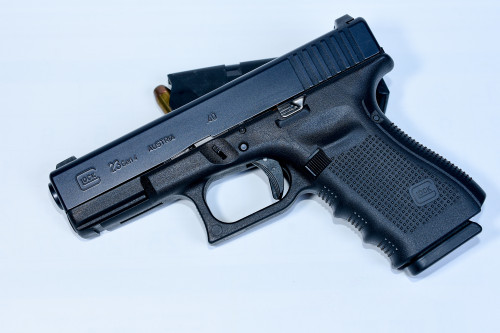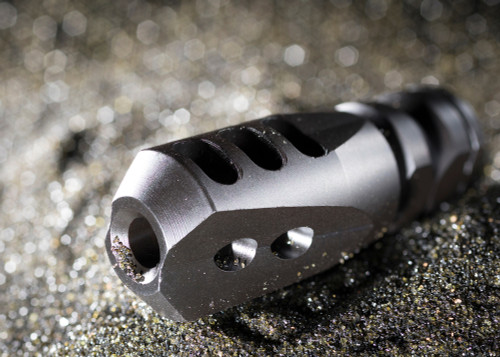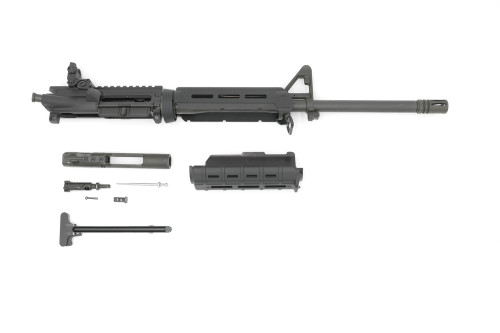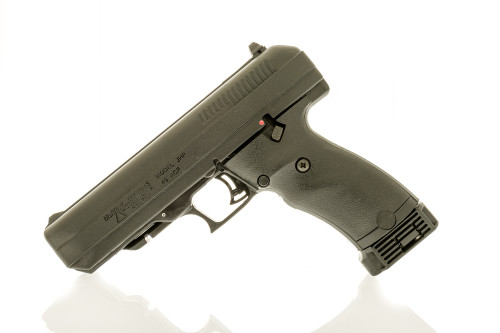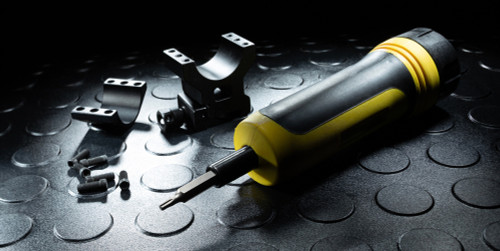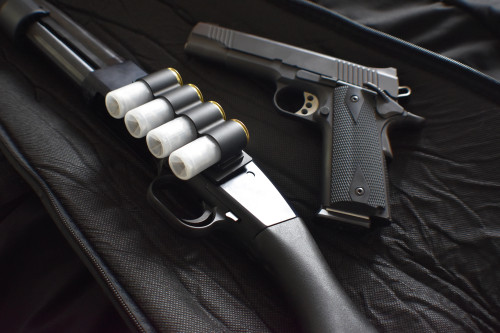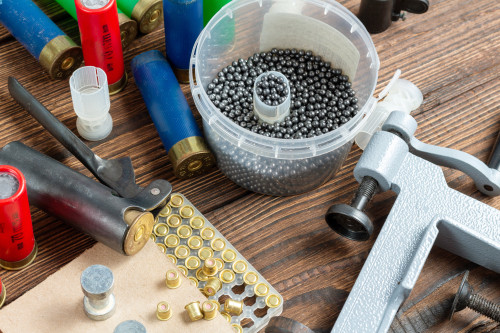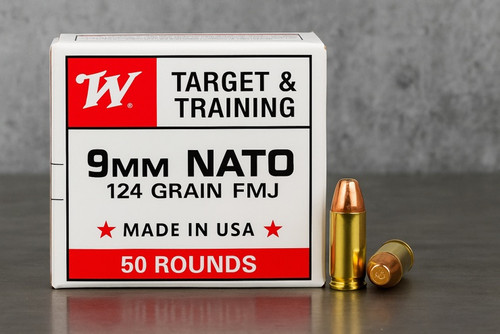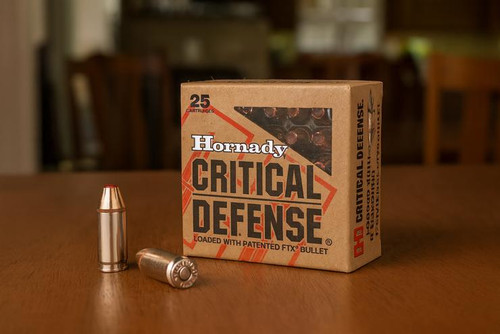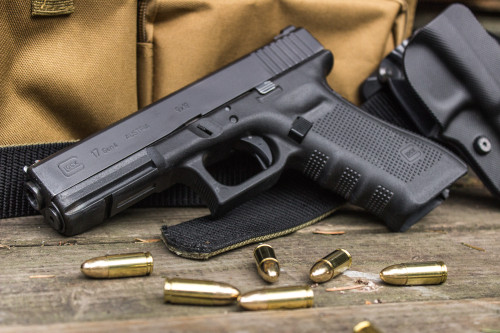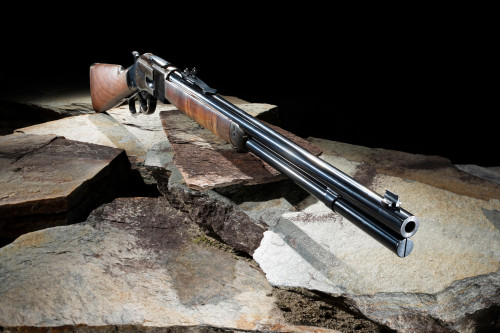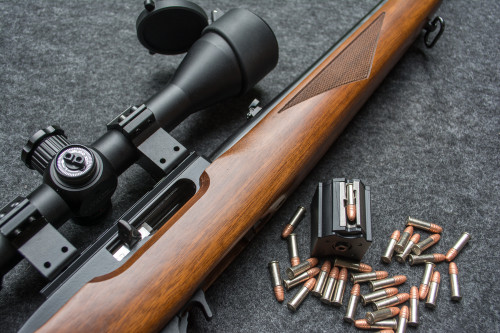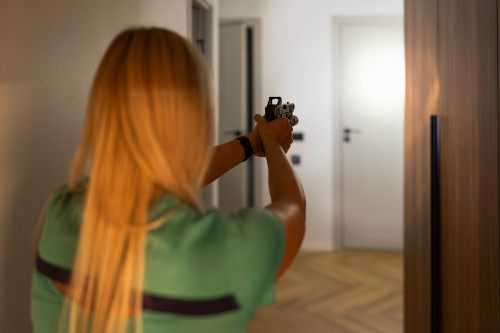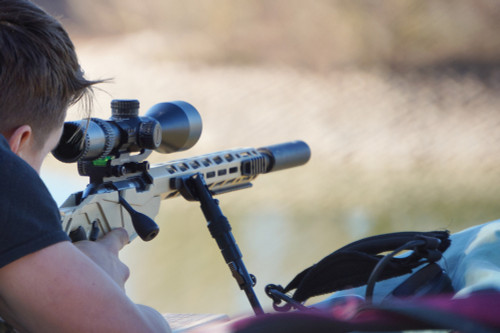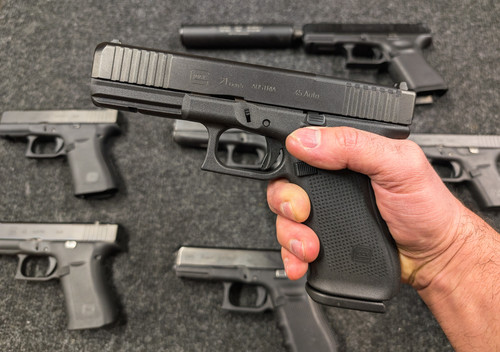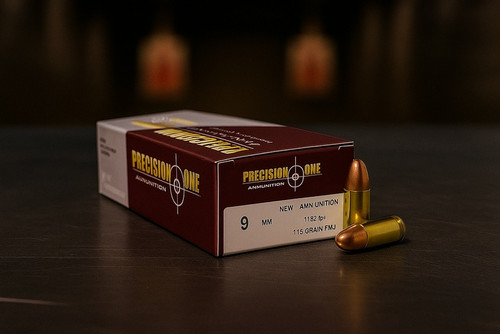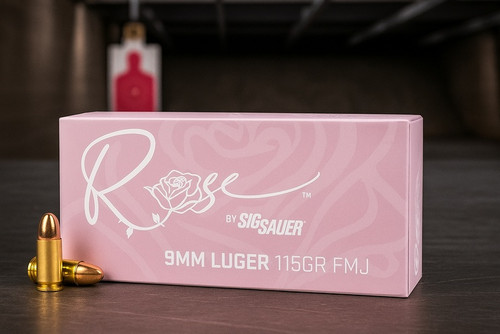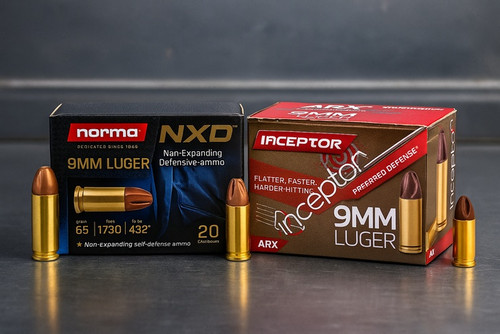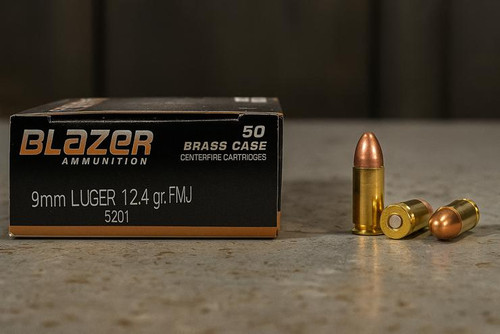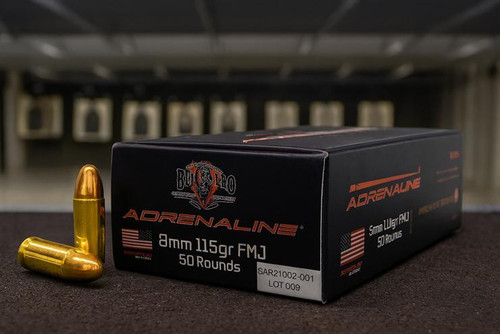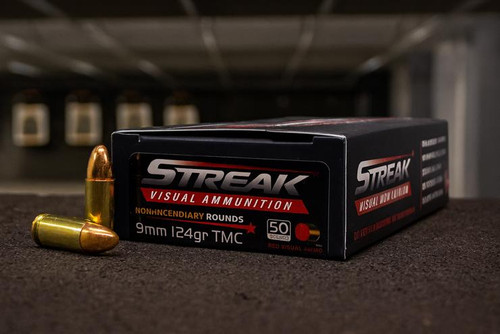Quick Answer
Mossberg 500 and 590 share the pump-action base, yet they differ in key ways. The 500 uses a barrel-retained magazine cap. That makes fast barrel swaps easy, which suits hunters and budget-minded buyers. The 590 uses a clean-out cap that opens the tube for simple cleaning and, on compatible models, easier use of threaded magazine-extension kits.. For hard duty, the 590A1 adds a heavy-walled barrel, a metal trigger group, and military-grade build. Prices run from about $359 for a basic 500 to $819 and up for 590A1 models.
Key Takeaways
- 590 uses a clean-out cap for easy cleaning and capacity add-ons on compatible 590s.
- 590A1 adds a heavy barrel, metal controls, and MIL-SPEC build.
- 500 shines as an affordable, multi-role field or security gun.
- Both share tang safety, furniture, optics mounting.
- Pick by use case: hunting, home defense, or duty.
What Sets Them Apart (Core Differences First)
The most important difference sits in the magazine tube design. This small part changes cleaning and upgrades.
Magazine System: The 500’s magazine tube is closed at the muzzle end, and the barrel bolts into a threaded hole at the tube’s tip. To reach the inside of the tube, you remove the barrel and work through a few careful steps. The 590 uses a clean-out cap that threads off, so you can access the tube in seconds. This makes cleaning easy and, on some 590 configurations, lets you add magazine extensions directly. By contrast, most 500s typically require a tube swap or a conversion kit to run extensions.
Duty Specifications: The 590A1 pushes duty features further. It runs a heavy-walled barrel that is much thicker than standard. The Navy asked for this to prevent barrel dents from hard steel ship doors. The 590A1 also uses a metal safety and a metal trigger housing, and many models add a heat shield and a bayonet lug.
Barrel and Finish Options: Standard 500s usually ship with blued barrels. The 590 line—especially the military-style builds—often shows a parkerized look. The receivers are aluminum and get anodized to mimic that finish because aluminum cannot take true parkerizing. Security and tactical barrels range from 18.5 to 20 inches.
Controls and Materials: This is where confusion starts. Many commercial 590s use polymer trigger housings and safeties like the 500. The 590A1 keeps metal parts for those controls. A true 590A1 will pair the metal trigger group with the heavy barrel and the correct magazine cap.
Patterning Performance: Buckshot patterning is governed primarily by the combination of choke, bore dimensions, and ammunition. Most defensive Mossberg 500/590/590A1 barrels are cylinder bore, so a 590A1’s heavier barrel does not inherently produce “tighter” patterns than a standard 500/590. While some users observe small gun-to-gun differences, the 590A1’s heavy barrel mainly improves durability and can reduce point-of-impact shift as the barrel heats or under hard use—not guarantee tighter patterns.
What They Share (Common DNA)
These shotguns remain close relatives with many shared features.
Both the 500 and 590 are pump-action, tube-fed shotguns offered mainly in 12-gauge, with 20-gauge and .410 options also available. The Mossberg 500 family has shipped more than over ten million units and so makes it the most produced shotgun line.
All models feature Mossberg’s tang safety at the top rear of the receiver, where you can reach it fast with either hand. This ambidextrous setup has been a hallmark of Mossberg shotguns for decades.
Furniture compatibility is another shared trait. Stocks and forends built for 500s fit 590s and the other way around. That opens a huge aftermarket, from classic wood to synthetic and adjustable options.
Every modern 500 and 590 has a receiver drilled and tapped for mounting optics rails. Adding ghost ring sights or a red dot is simple and needs no gunsmith.
Both guns also share most internal parts. If you know one, the other feels the same to run and to service.
Quick Spec Table
| Model | Barrel | Mag Capacity | Weight | Sight Type | Notable Features |
|---|---|---|---|---|---|
| 500 (Security) | 18.5" | 5+1 | 7 lbs | Bead | Barrel-retained magazine cap |
| 590 (Standard) | 18.5–20" | 6+1 to 8+1 | 7 lbs | Bead | Clean-out magazine cap |
| 590A1 | 18.5–20" | 8+1 | 7.75 lbs | Bead / Ghost Ring | Heavy barrel, metal trigger group |
| 590M | 18.5" | 5–20 rd magazines | 7.75+ lbs | Bead / Ghost Ring | Detachable magazine system |
| Shockwave | 14" | 5+1 | 5.25 lbs | Bead | "Birds-head" grip; 26.5" OAL |
Lineage & Mil-Spec Background
The story of these shotguns begins in 1961 when Carl Benson designed the Mossberg 500. His vision was straightforward: create a pump-action shotgun that could compete with existing models but at a more affordable price point. The 500 succeeded brilliantly at this goal.
A significant improvement came after Remington's patent on dual action bars expired in the 1970s. Mossberg quickly adopted this feature, which uses two bars to connect the forend to the bolt for smoother, more stable cycling.
As police departments embraced the 500 for its low cost and high performance, Mossberg set its sights on military contracts. The company submitted the 500 for military trials, but it didn't quite meet the required specifications. Mossberg produced modified 500s (sometimes called 500MILS) that addressed some military requirements, including metal trigger groups.
In 1987, Mossberg formalized these changes by creating the dedicated 590 line. The 590 specifically addressed military needs. It features the clean-out magazine cap and other improvements.
Later, at the Navy's request, Mossberg further modified the 590 with a thickened barrel, extended magazine, barrel shroud, and bayonet lug. This new model became the 590A1, which has served as the standard shotgun across many U.S. military branches.
Popular Models & Use-Cases
Duty / Defense Focus
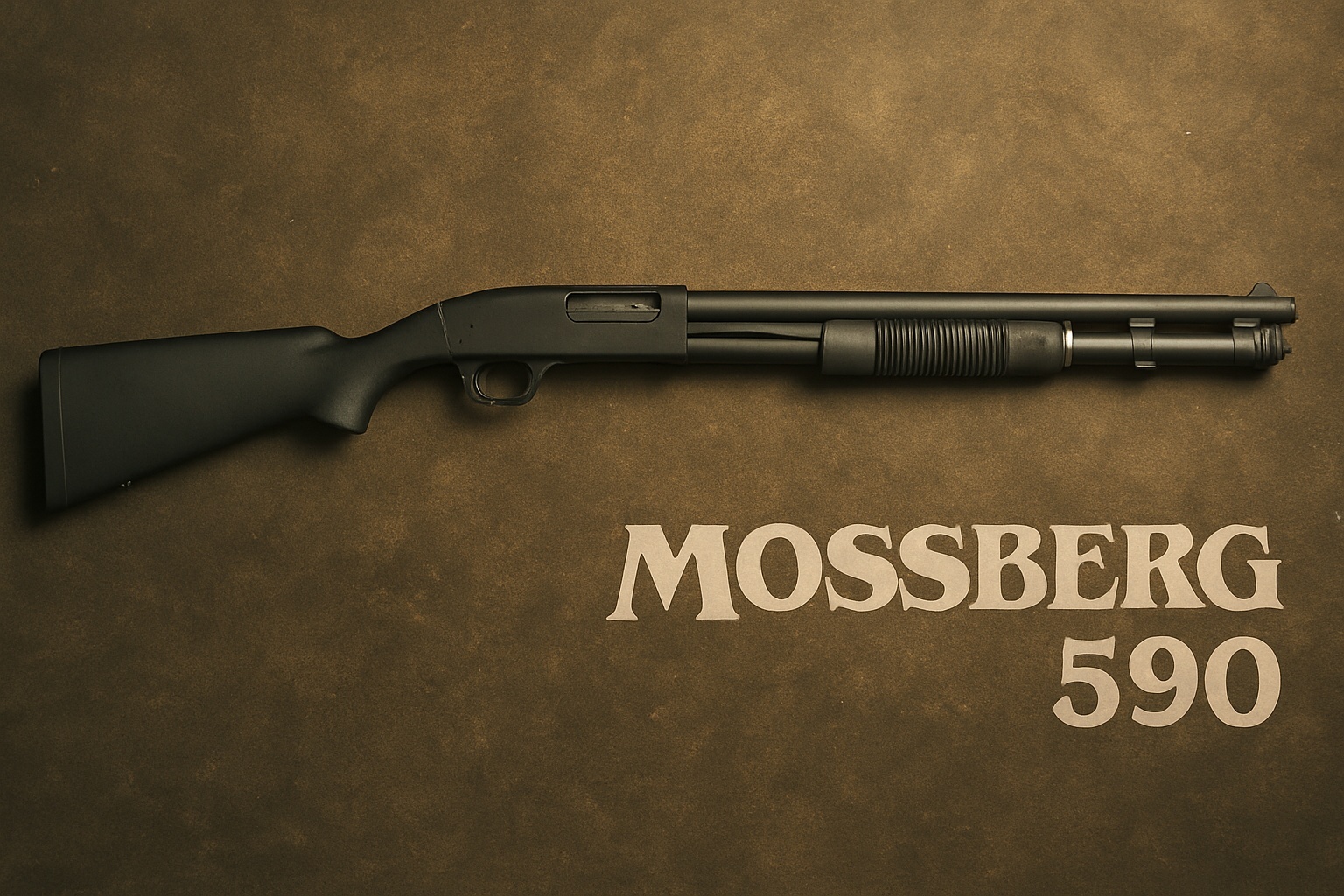
590A1: The gold standard for tactical pump shotguns, the 590A1 features a 20-inch heavy-walled barrel, 8-round capacity, and either bead or ghost ring sights. All models include the metal trigger group and safety, and most include a bayonet lug. Heat shields are available on certain models. The 590A1 has been adopted by multiple military branches and police departments worldwide. Perfect for those wanting maximum durability with no compromises.
590 (Standard): A step up from the 500 series, standard 590s include the clean-out cap design but typically retain polymer trigger housings on commercial models. Available with 18.5-inch or 20-inch barrels and 6-8 round capacity, these shotguns offer a middle ground between the basic 500 and premium 590A1. The Mossberg 590 series recently expanded with the introduction of the 590S, which can cycle 1.75", 2.75" and 3" shells interchangeably without adaptors.
590M: These magazine-fed variants break from the traditional tube design It accepts detachable box magazines ranging from 5 to 20 rounds. Available in both standard and SPX (ghost ring) configurations, the 590M offers faster reloads at the cost of added weight and bulk. For home defense or duty use where quick capacity replenishment matters more than weight, these present an interesting option.
Compact / Not-A-Shotgun Category
590 Shockwave: With a 14-inch barrel and bird's head grip, the Shockwave maintains an overall length greater than 26 inches. It is classified as a "firearm" rather than a shotgun under federal law (though state laws vary). These compact models offer maneuverability in tight spaces but sacrifice some controllability. The Shockwave can be particularly effective when paired with mini-shells and an adapter. This increases the capacity to 9 rounds. As Shooting Illustrated notes, "With it, the Mossberg 590 Shockwave effectively becomes a 26-inch pistol-grip shotgun that's easy to wield and stash in tight places." Meaning it is not classified as an SBS on the NFA.
Versatile / Budget-Friendly 500 Family
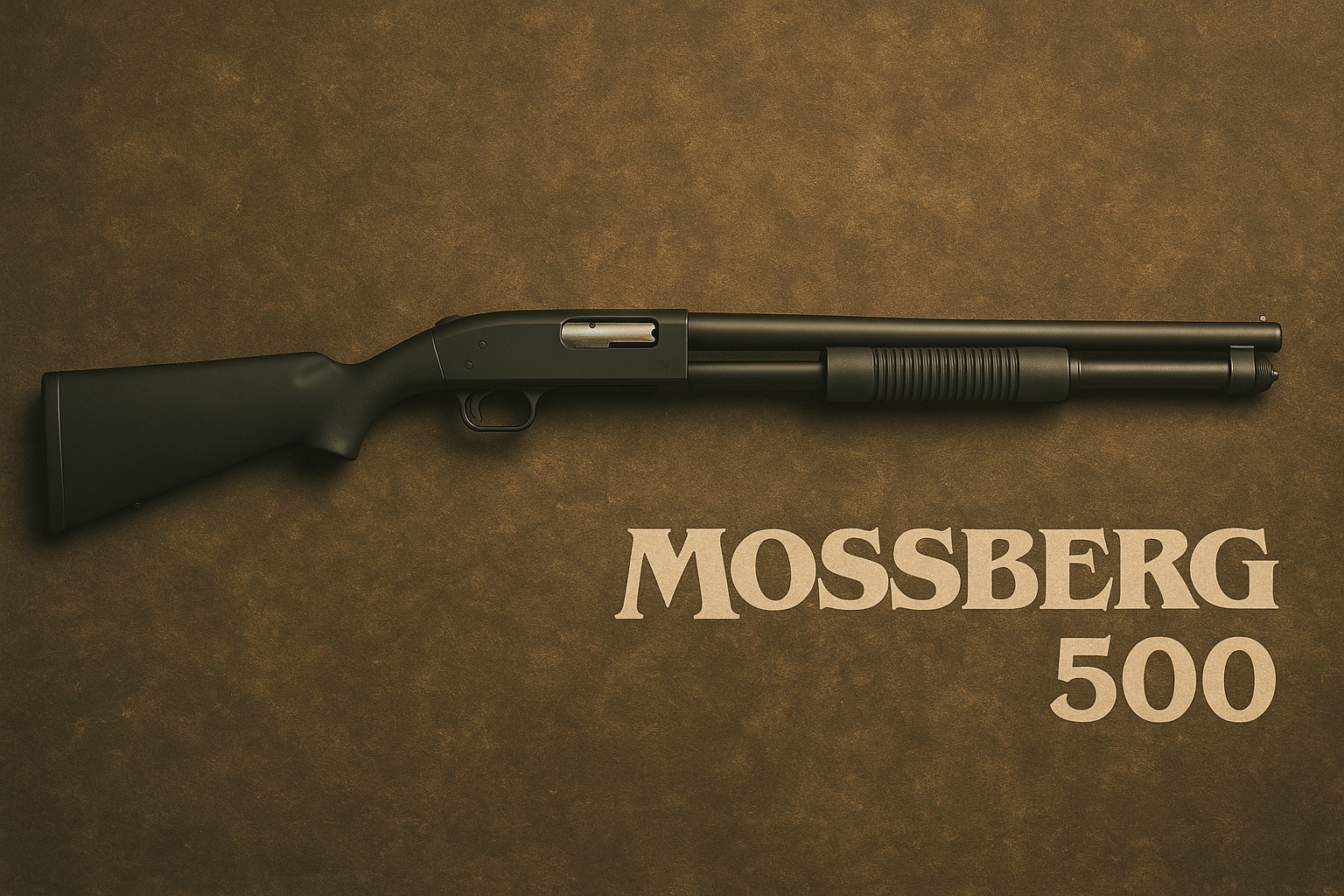
500 Persuader: The basic riot gun configuration of the 500 features an 18.5-inch barrel and 5-round magazine. Light and handy, this is often the entry point for many first-time shotgun owners seeking home defense options without breaking the bank.
500 Cruiser: For those preferring a pistol grip only, the Cruiser models came in both 18.5-inch barrel/5-round and 20-inch barrel/7-round configurations. These sacrifice some controllability for a more compact package.
Choosing between the 500 and 590 often comes down to user preference and features — if you want to widen your search, our Best Shotguns for Home Defense roundup highlights other proven defensive platforms and why they made the list.
Patterning & Ergonomics
Patterning. With defensive (usually cylinder-bore) barrels, ammo choice dominates pattern results—and different lots/loads can vary dramatically. The 590A1’s heavy barrel primarily improves durability and heat management; it does not inherently produce tighter patterns. For defensive purposes, focus on verifying your specific load in your specific gun at the distances you care about.
Recoil & handling. The 590A1’s extra weight—and the heat shield, if present—can help reduce felt recoil and muzzle rise, making fast follow-up shots easier for some shooters.
Maintenance. The 590’s clean-out cap shortens magazine-tube cleaning and spring/follower service by letting you access the tube without pulling the barrel—handy after high round counts or dirty field use.
Sights. Bead sights excel at close/moving targets, while ghost-ring sights aid slug work and more precise placement. Choose based on your likely engagement distances and whether you’ll mix buckshot with slugs.
For recommended defensive loads and what to expect from slugs vs buckshot in home-defense scenarios, see our guide to the Best 12 Gauge Shotgun Shells for Hunting and Home Defense.
How To Choose Your Mossberg
If you're hunting or budget-minded: The 500 makes the most sense. With more barrel options (including longer hunting barrels) and a lower price point, it offers tremendous value. The simpler design keeps costs down without sacrificing core performance.
If you want easier maintenance and expandable capacity: The standard 590 hits the sweet spot. Its clean-out cap makes maintenance simpler and allows easy addition of magazine extensions, yet it costs less than the full military-spec 590A1.
If you need maximum ruggedness: The 590A1 stands alone. Its heavy-walled barrel, metal trigger group, and battle-proven design have made it the choice of military and police units worldwide. For duty use or situations where absolute durability matters more than weight, the A1 is the answer.
If you want detachable magazines: The 590M system offers unique advantages. Magazine-fed shotguns allow faster reloads and easy capacity changes. Just be aware of the added weight and bulk compared to tube-fed models.
If you want something compact for special purposes: The Shockwave offers legal advantages in many jurisdictions. Its "firearm" classification (not a shotgun under federal law) allows for a 14-inch barrel without NFA paperwork. Check your local laws before purchasing.
How To Safely Clean a 590 Magazine Tube
- Fully unload the shotgun and visually inspect the chamber and magazine tube to ensure it's empty.
- Point the shotgun in a safe direction.
- Unscrew the magazine cap (counterclockwise) from the end of the magazine tube.
- Remove the magazine spring and follower and also note their orientation.
- Inspect the inside of the magazine tube for debris or corrosion.
- Clean the tube with a proper-sized brush and gun solvent if necessary.
- Wipe the interior dry with a clean patch.
- Apply a very light coat of gun oil to the spring if needed.
- Reinsert the follower and spring in the correct orientation.
- Replace and tighten the magazine cap.
- Function test the shotgun to ensure proper operation.
Conclusion
The Mossberg 500 and 590 families represent the most successful pump shotgun design in history, with over 10 million produced. Their time-tested design continues to serve military, law enforcement, and civilian users worldwide.
When choosing between these models, match the shotgun to your specific needs. The 500 excels as an affordable, versatile platform for both hunting and defense. The 590 adds maintenance convenience and easier modifications. And the 590A1 stands as the gold standard for rugged dependability when failure isn't an option.
Remember that proper training matters more than model choice. Whichever Mossberg you select, invest time in learning to operate it effectively. Always follow manufacturer instructions and local laws regarding firearms ownership and use.
Frequently Asked Questions (FAQs)
Is the 590 actually better than the 500?
Not necessarily "better"—just different. The 590 offers easier maintenance and the ability to add magazine extensions. For many users, the 500's simpler design and lower price make it the better choice.
What's the real difference between 590 and 590A1?
The 590A1 adds a heavy-walled barrel, metal trigger group and safety, and often a bayonet lug. These upgrades make it more durable but also heavier and more expensive than the standard 590.
Can I add a mag extension to a 500?
Yes, but it's more complicated than with a 590. The 500 requires special extension kits that replace the entire magazine tube, unlike the 590 where extensions simply thread onto the existing tube.
Do 20-ga/.410 versions exist for the 590?
Yes—20-gauge 590s exist; .410 is most commonly offered in Shockwave-style models.
Is the Shockwave legal in my state?
Under federal law, the Shockwave is classified as a "firearm" not a shotgun. This exempt it from NFA restrictions. However, state and local laws vary significantly. Check your local regulations before purchasing.
Are polymer trigger housings a durability issue?
For most civilian users, no. Polymer housings have proven durable for standard use. The metal housing on the 590A1 becomes important for extreme duty use or very high round counts.
Bead vs. ghost ring—what should I pick?
Bead sights work well for defensive distances and moving targets. Ghost rings provide better precision for slugs or longer distances. For home defense, either is effective.
About the Author
This article was written by the ProArmory writing team using current research. We reviewed studies in the Journal of Military Science, Firearms News, and work from the National Shooting Sports Foundation. We also used official defense publications and guidance from the ATF, NRA, and manufacturer manuals.
Disclaimer: This article is for education only. It is not legal advice. Firearm laws vary by state and city, and they can change. Always check your local, state, and federal rules before you buy or use any firearm or accessory.




 Pro Armory Editorial Team
Pro Armory Editorial Team